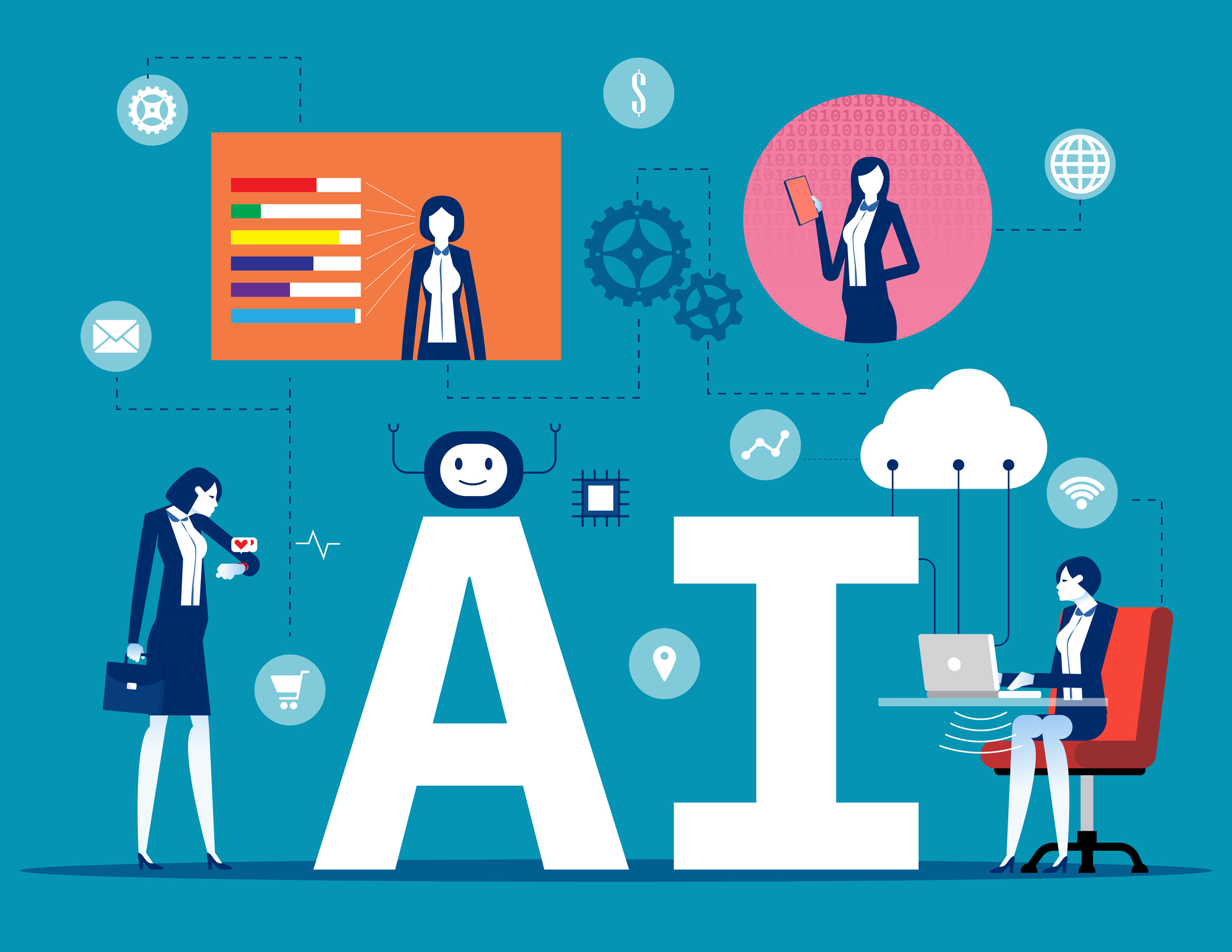
Continue reading "Understanding Large Language Models (LLMs)"
Large language models (LLMs) are transforming how we interact with information and technology. Known for their ability to generate text, code, and other content, LLMs mimic human-like responses and are now pivotal in various industries. They excel in explaining concepts, summarizing text, and analyzing vast datasets. As organizations explore their potential, LLMs offer a revolutionary approach to data handling, enabling businesses to uncover new opportunities and streamline operations.
Categorizing LLMs
LLMs can be broadly categorized into general-purpose and domain-specific models. General-purpose LLMs like GPT-3 handle diverse tasks, processing natural and programming languages alike. They are trained on vast datasets from the internet and private sources, making them adaptable across numerous topics. In contrast, domain-specific models, such as NVIDIA’s BioBERT, are fine-tuned for particular industries, including medicine and cybersecurity. These models focus on specific tasks, ensuring precision and relevance in specialized applications.
Foundation Models and Their Flexibility
Foundation models, a subset of generative AI, serve as a base for customization. They can be fine-tuned to perform highly specialized tasks. For instance, Meta’s Code Llama focuses on generating software code, while Google’s Bard integrates tools like Google Drive and YouTube for personalized assistance. By leveraging these adaptable models, enterprises can address specific challenges while benefiting from the robustness of general-purpose LLMs.
Behind the Technology: Neural Networks and Transformers
The power of LLMs lies in their architecture. Neural networks, particularly those using transformer models, have revolutionized natural language processing. Transformers rely on attention mechanisms, which help models analyze the relationships between words and concepts effectively. This innovation enables faster training and more accurate outputs, making LLMs capable of handling complex linguistic and multimodal tasks with ease.
Real-World Applications of LLMs
Organizations are already integrating LLMs into various workflows. For example, Snowflake Copilot enhances SQL generation, while tools like Hugging Face provide user-friendly APIs for developers to build and fine-tune applications. These models also play a significant role in customer service, content creation, and data analysis, offering tailored solutions that increase productivity and innovation.
Ensuring Data Security and Governance
As LLMs gain traction, data privacy and security become critical concerns. Enterprises must adopt platforms that enforce robust governance policies, ensuring sensitive data is protected during processing. Cloud data platforms with built-in security measures allow businesses to utilize LLMs securely, maintaining control over data access and compliance. This safeguards intellectual property while enabling efficient, AI-driven operations.
By understanding and leveraging LLMs effectively, businesses can harness their transformative potential, driving innovation and efficiency in a rapidly evolving digital landscape.
About the Author
The Best Digital Marketing Insight and Advice
The WSI Digital Marketing Blog is your go-to-place to get tips, tricks and best practices on all things digital
marketing related. Check out our latest posts.
We are committed to protecting your privacy. For more info, please review our Privacy and Cookie Policies. You may unsubscribe at any time.
Don't stop the learning now!
From Gut Feeling to Data-Driven Forecasts: How AI Is Redefining Demand Planning
AI is transforming demand planning by replacing intuition-based forecasts with real-time, data-driven predictions that reduce stockouts, improve forecast accuracy, and help companies respond faster to market changes. Modern AI models analyze historical sales, seasonality, promotions, and external signals such as weather or macro trends to continuously update forecasts, instead of relying on static spreadsheets and …
Continue reading “From Gut Feeling to Data-Driven Forecasts: How AI Is Redefining Demand Planning”
READ MOREHow AI Is Reshaping the Business World
Artificial Intelligence · Digital Strategy How AI Is Reshaping the Business World A professional insight from WSI’s digital perspective Artificial Intelligence (AI) is no longer a futuristic concept — it is a practical business tool that is quietly powering marketing automation, customer service, sales enablement, analytics, and content creation. Companies that learn how to integrate …
Continue reading “How AI Is Reshaping the Business World”
READ MOREHow AI Is Redefining Strategy Development
Artificial intelligence is moving beyond support functions and beginning to redefine how companies design and execute strategy. While leaders have always relied on data and analysis to make big decisions, AI brings a new level of speed, depth, and objectivity to this process. Strategy in the Age of AI Traditional strategy involves gathering data, extracting …
Continue reading “How AI Is Redefining Strategy Development”
READ MORE





